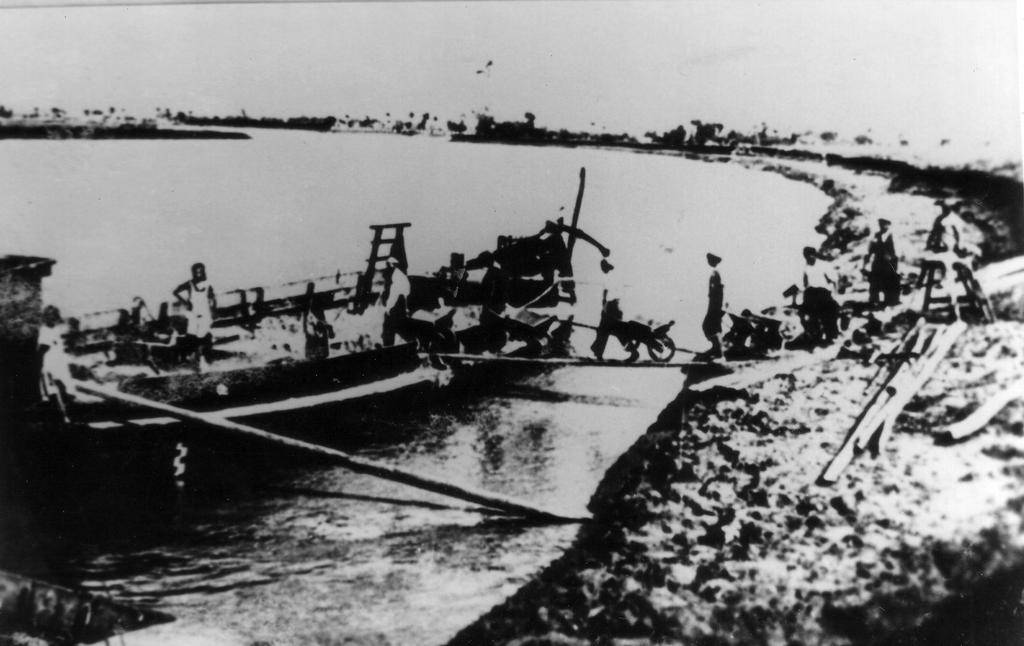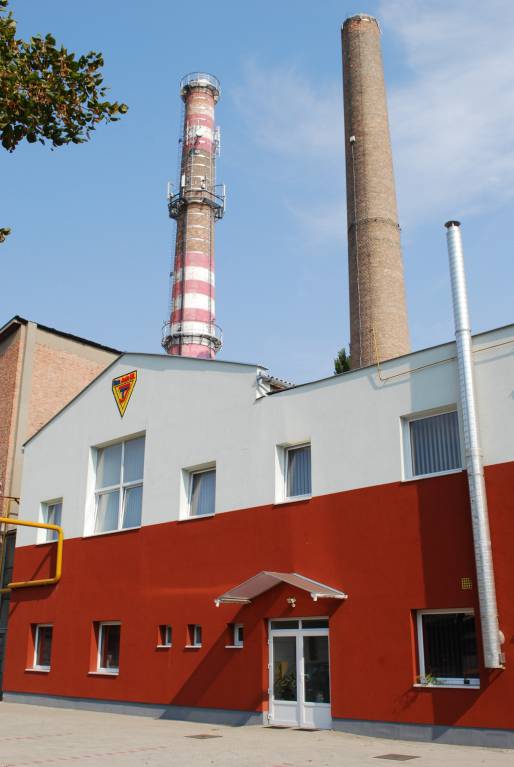Small, vigorously developing industrial town - Martfű
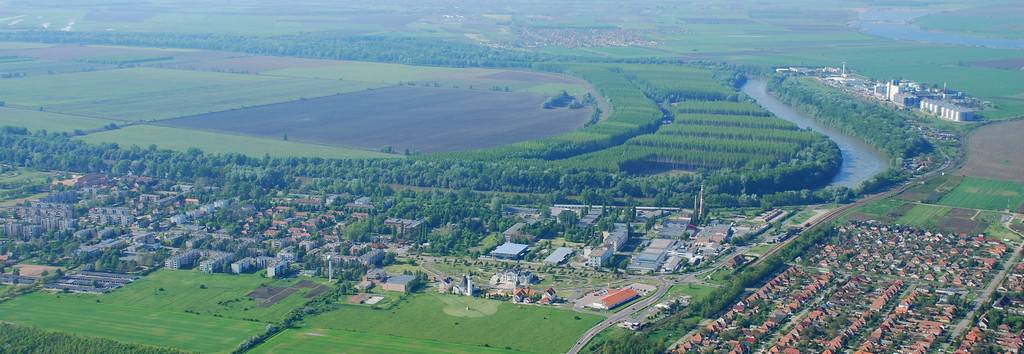
Martfű always takes care its values, if it was possible: it lived, if it was necessary: it survived, but it did not give up, and it will never give up. Looking at the pictures taken decades ago and those which have been taken nowadays, you can still admire the changes even if you have not been here before, or if you left this place long time ago. As the shoe factory „grew out of” the maize-field, the new city centre grew up,too connecting the new and the old part of the settlement. The Saint Stephan Square includes the City Hall, a Catholic and a Reformed church, statues which are in commemoration of noble people and noble acts, nice trees and gorgeous flowers.
The present and the future of the city is closely related to the rational processing of the educational, medical, cultural and sport institutions, and further exploitation of natural and built environment.
Based on the local workforce and the treasure of Martfű new companies have been set up besides the old ones and this process is still continuing.
The successful European Union tenders, the region associations show the need of reformation here, on the left bank of the „blond” sandy Tisza.
The aim of the Town Council is that the relationship among the local people, small and big firms and the city management become serried, because it is a virtue like thermal water and the chestnut-tree alley.
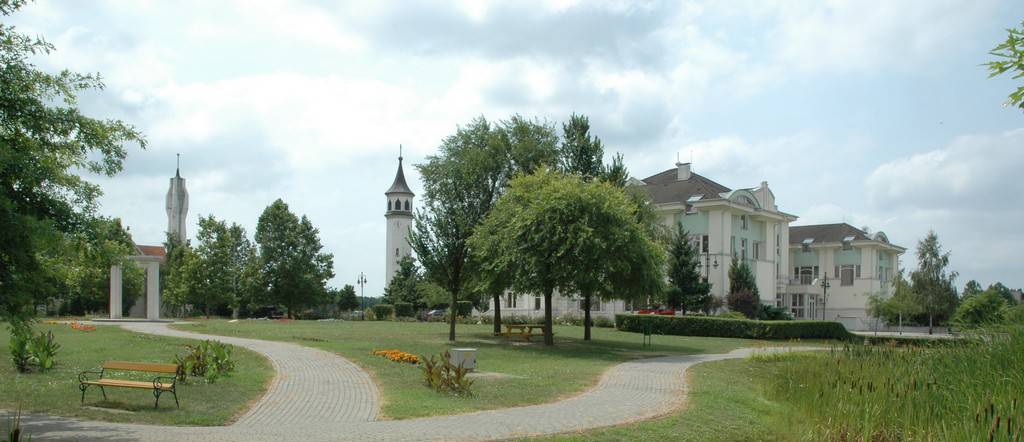 |
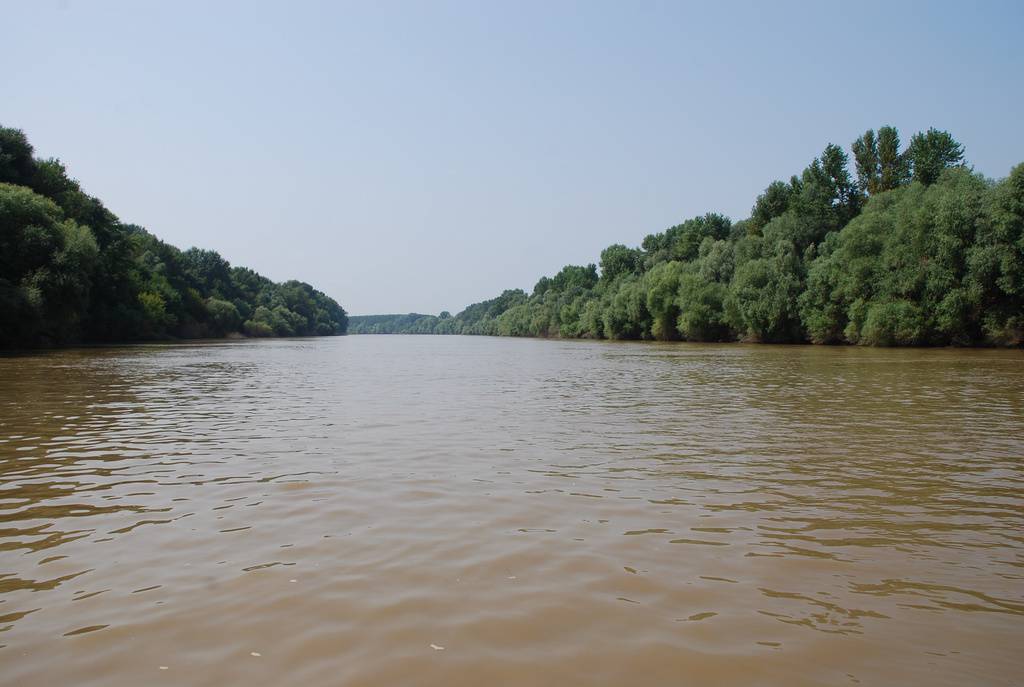 |
Settlement history- common way, on which the reminiscent, the formative and the innovative walk hand in hand
Martfű is in the southern corner of Jász-Nagykun-Szolnok country, on the left coast of the Tisza. It is said, that the Mart-fű neology decends from the coast made by the river, and with the water abounding good grass areas. According to other opinions, the Mart- was used for the nomination of outstanding places dialectically. The fű, in turn the fej (head), the dialectal shape of our word fő (an other word for head) with Finno-Ugric origin.
Let anything be the truth, one thing is sure: the ancient people liked living here for longer or smaller period, too. There are many remains from Sarmatians or Hungarian conquerors which indicate it. An important trade route led through the Tisza in the Middle Ages, with double ferriage towards Vezseny, Varsány, and Várkony.
The first written memory about Martfű is from the 15th century. According to this document, Tiszaföldvár together with Martfű’s barren was the property of Dunaföldvár Abbey. In the second decades of the Turkish occupation the Buda pasha attached Martfű to the Szolnok sanja area, though the course of the Tartar mayhems it was probably totally destroyed.
The story of the place was combined with its landowners' fate in the following centuries. The period of improved manors and the pretty environment embraced mansions was the period of the claim for the education and the civilisation.
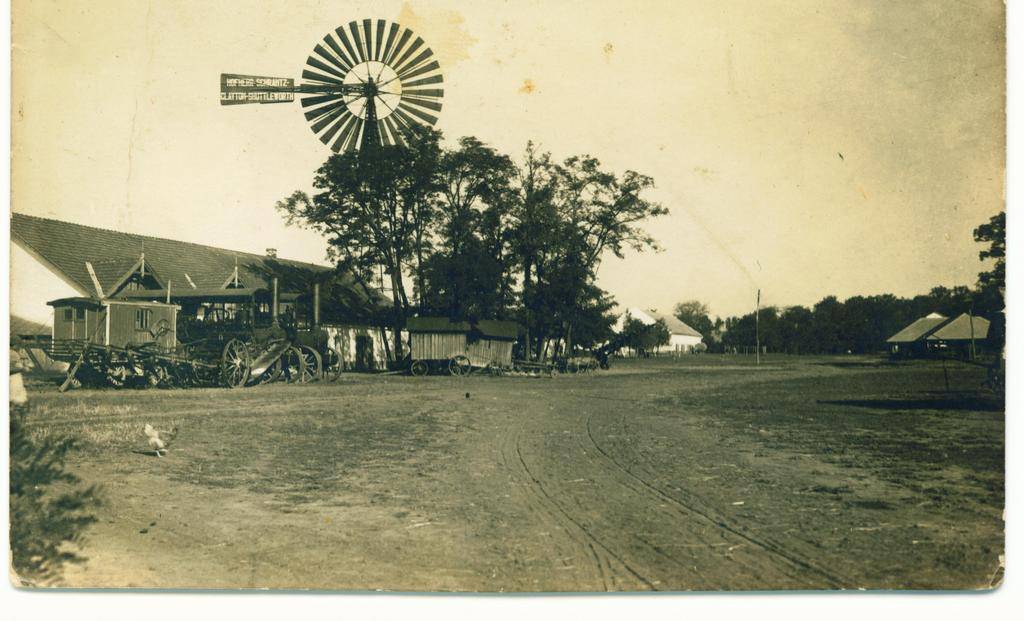 |
The architectural imprint of the age with its intellectual heritage is still having influence, in turn people arriving here or people travelling through receive a totally other view from the settlement: a small town surrounded with modern industrial establishments.The change started in the 1800s, when the fishery, livestock producing, milk processing farming settlement started to deal with producing tiles and bricks.The high-altitude centre of the place is a clay lentil, which made possible that the Martfű brick production attained its technical apex.The factory went through continuous development from the beginning of possessing by Laczkó Gusztáv, attracting the positive changes in the infrastructure and the housing conditions.Today quite a few houses are from the so-called brick-work houses. The old collectives are captured on the yellow-turned family photos. We know from this source, that besides the industrial production an important cultural life got organized with the help of people worked there.
The building-material insuring factory, the public road, railroad, waterway were all important viewpoints, when the Bata shoe making company pondering the firm's Hungarian expansion bought the land here in August, 1940. In the next year the building operations started and the foundation stone became grass roots of a huge building operation literally and figuratively.
|
|
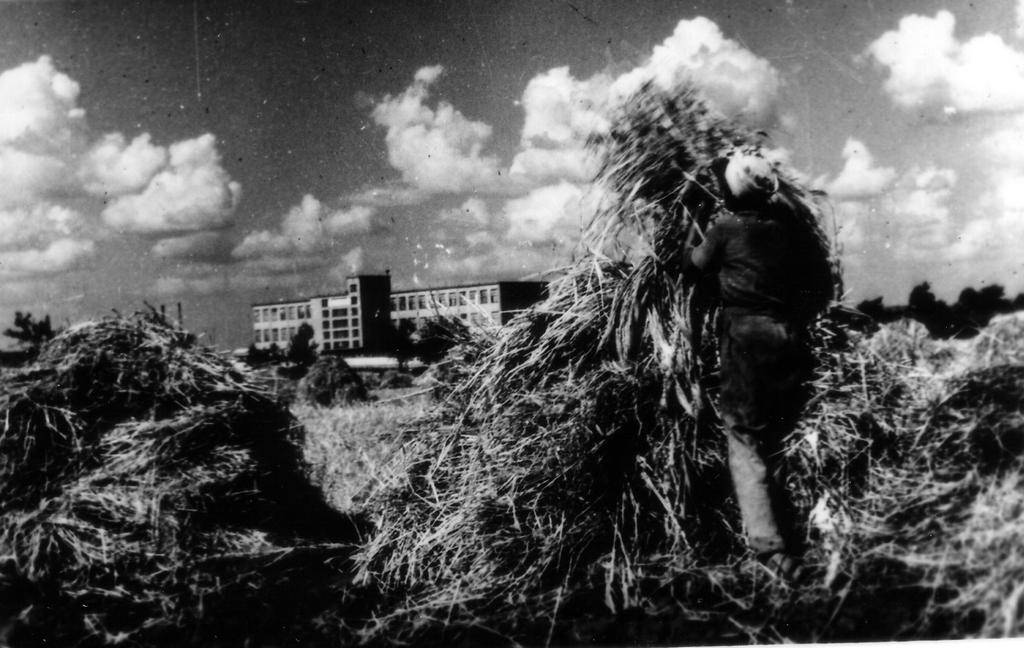 Work in the field and the building of Cikta |
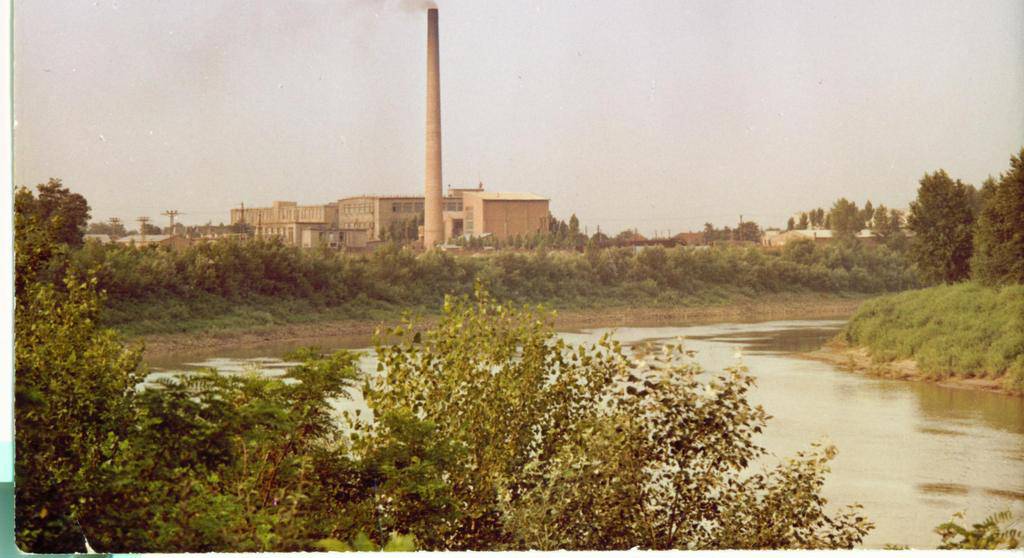 View of Tisza Shoe Factory with one chimney from the north |
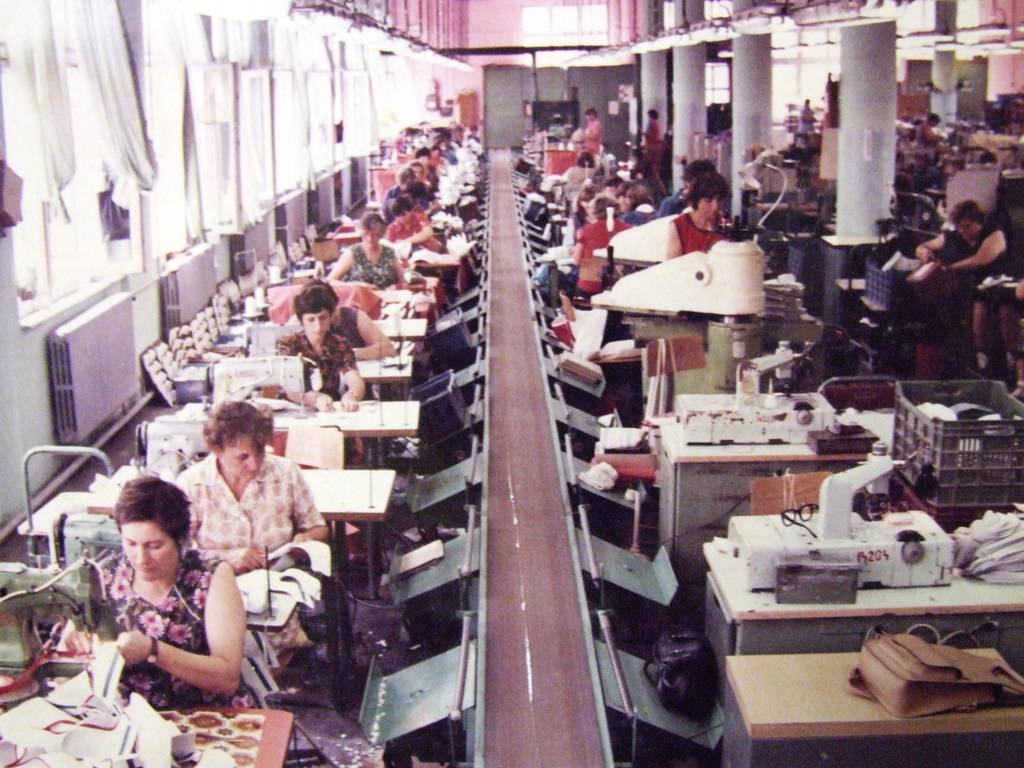 |
The Bata syndicate was a world wide company with the centre in Zlin. The two-storeyed factory building was completed in the middle of 1943. Jan Antonin Bata drew up a large-scale plan in connection with the new factory. He planned a ship harbour on the coast beside the factory and an airplane landing strip for passenger and postal service. The whirl of the World War II swept away a part of the plans, but Cikta Co. and its legal successor the Tisza shoe factory played a determining role in Martfű and the surrounding settlements' life for long decades. After the resume change, the factory had a community, cultural and life conducting effect on the population's everyday life. The political transformation in our country and the collapse of the former socialist era transformed the Hungarian light industry, too. The Tisza Shoe Factory formed a share company in 1991, then it went through newer and newer changes. Some years later various service providers and producers appeared. The Tisza Industrial Establishment preserves the tradition of the shoe production but today the new machines prepare not only shoes. The modern homes built up for the former employees are still standing, the Bata building estate is the part of the European Heritage from 1999.
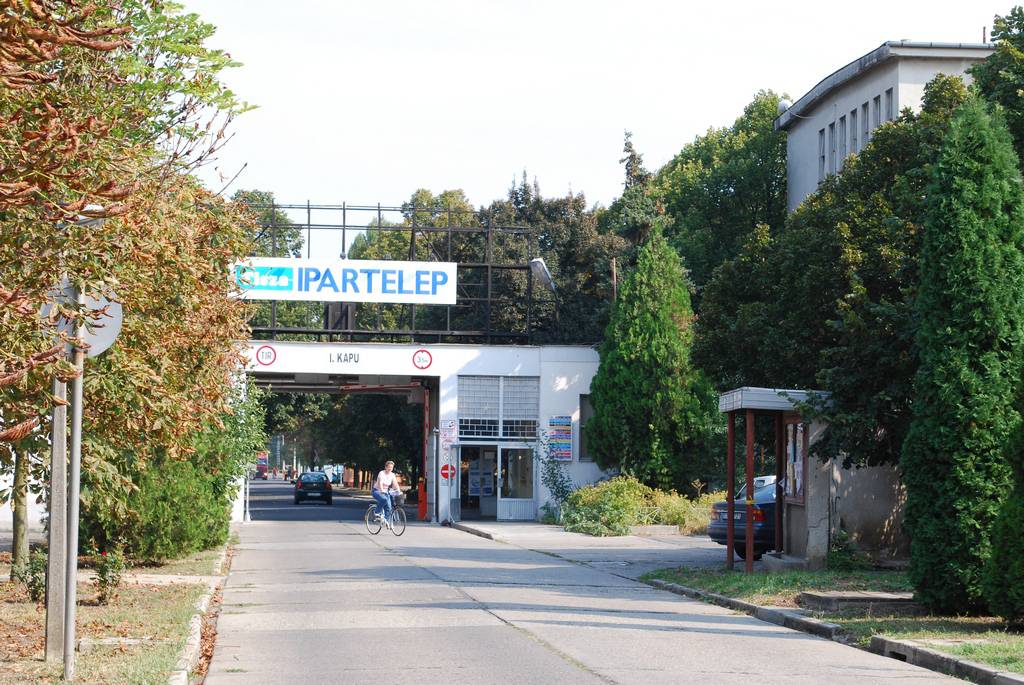 |
|
|
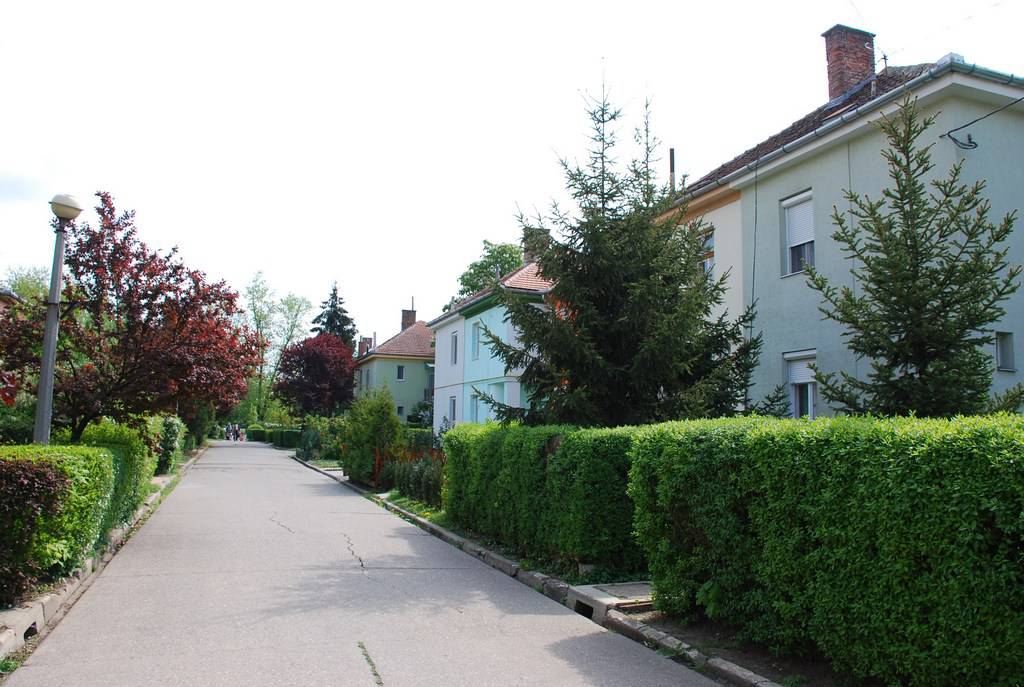 |
The public administration of the settlement grew with the development of the shoe industry. Martfű became independent from Tiszaföldvár in 1950, and on 20 August, 1970 it was declared as an incorporated municipality.
Industralisation of Martfű continued longer, so a newer immigration wave started. The ancestor of the factory of Bunge Zrt., the state-owned Vegetable Oil Industry and Detergent Manufacturer company, which was established by the union of more oil factories. In the selection of final place for their new establishment, just as well as in Bata’ s time, the favourable road and railway transportation opportunities, the water winning aspect and the proximity of the Tisza played a determining role. The ceremonial opening and the assay was in November, 1980, since then the factory had to face up with newer and newer challenges, just as well as Martfű’s youngest firm, the brewery.The first Hungarian Co-operative Brewery Company was formed in 1981. It only worked in a pilot mode in the starting year. Beside the brewing, the firm tried out introducing diverse soft drinks, which grew with big buoyancy and it was expanded. The management was looking for new opportunities in the interest of the consolidation of the market situation because of decrease in domestic beer consumption in the middle of the 1990s. The factory is currently the member of Heineken group. The firm went through serious modernisation in the latter days, in our days near a hundred people are employed, investing big emphasis in the environment consciousness, the modernisation of the production and the packaging. The firm created a supporter programme for Martfű, expressing that it belongs to the community which provides home for the factory.
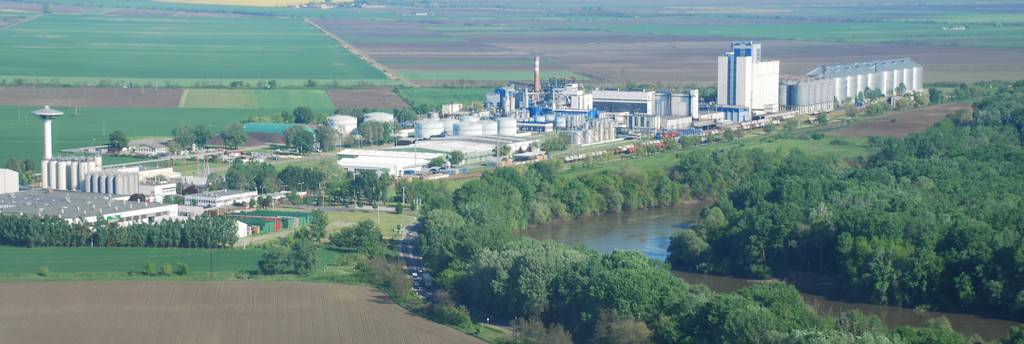
For Martfű to be a beautiful, livable, small town beside the industry, it needed and it still needs humanity, union of people and yearning for education.
Besides local institutions the generations receive a lot of help from civil organisations on all areas of life.
The high school helps in young persons' training beyond the elementary educational institutions.The kindergarten groups’ well-educated employees always let the children out to school with high competence.The primary school education gives lifelong knowledge researching newer and newer methods. The high school gives vocational qualification, additionally the education of the shoe production was recognised throughout the country for some decades. However, there are not shoe industry classes in the school anymore, but the institution, due to the flexibility of the employees, is going on the new ways of initiating the commercial and marketing trade groups.
On 1 March, 1989 Martfű received urban rank. Martfű always takes care its values: if it was possible: it lived, if it was necessary: it survived, but it did not give up, and it will never give up. Looking at the pictures taken decades ago and those which have been taken nowadays, you can still admire the changes even if you have not been here before, or if you left this place long time ago. As the shoe factory „grew out of” the maize-field, the new city centre grew up,too connecting the new and the old part of the settlement. The Saint Stephan Square includes the City Hall, a Catholic and a Reformed church, statues which are in commemoration of noble people and noble acts, nice trees and gorgeous flowers.
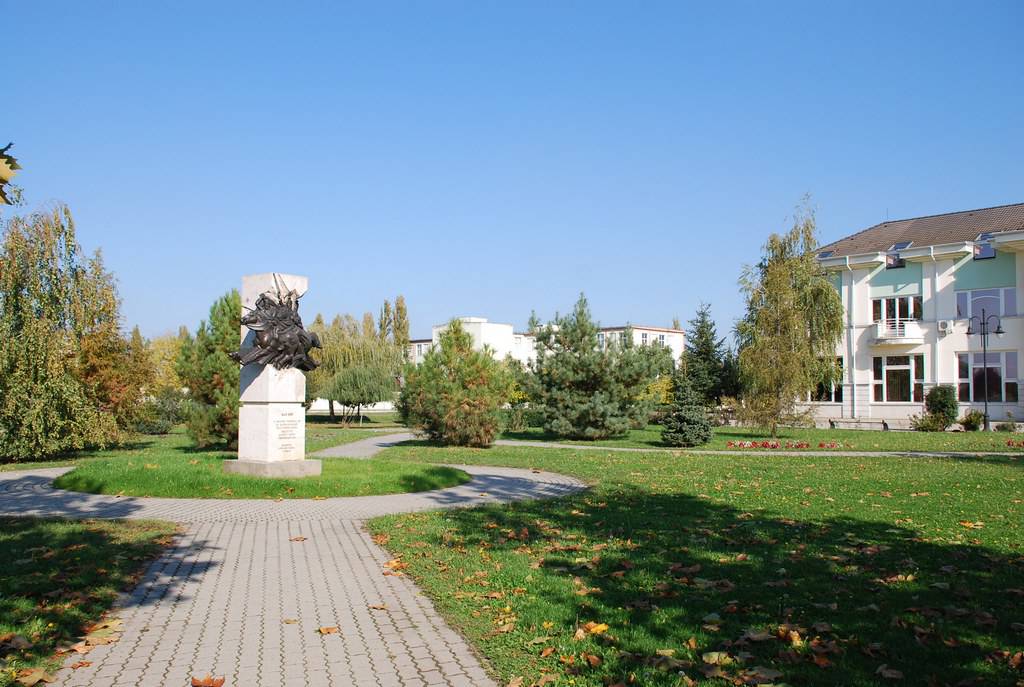 |
The present and the future of the city is closely related to the rational processing of the educational, medical, cultural and sport institutions, and further exploitation of natural and built environment.
Based on the local workforce and the treasure of Martfű new companies have been set up besides the old ones and this process is still continuing.
The area of Martfű Thermal SPA Touristical Centre is the property of Toma Bau Shareholder Group since 2002. The complex includes nearly 13 hectares. There is a romantic building of the Castle Hotel-Guesthouse Martfű**, Martfű Medical Camping*** with a boating lake and the family friendly three starred thermal hotel.
The Martfű SPA swimming pool is not merely the section of the wellness of the hotel. The three- metre-high diving board and the four–metre- deep sports pool are excellent practising courts for the divers and the dubbing swimmers. The centre wants to unite the affection of nature, sport and culture. A new tradition creating example is the EverGreen Tisza –Martfű Festival since 2010. The more than one-week-long programme series is organised with the cooperation of the companies, the local government and the institutions of the city.
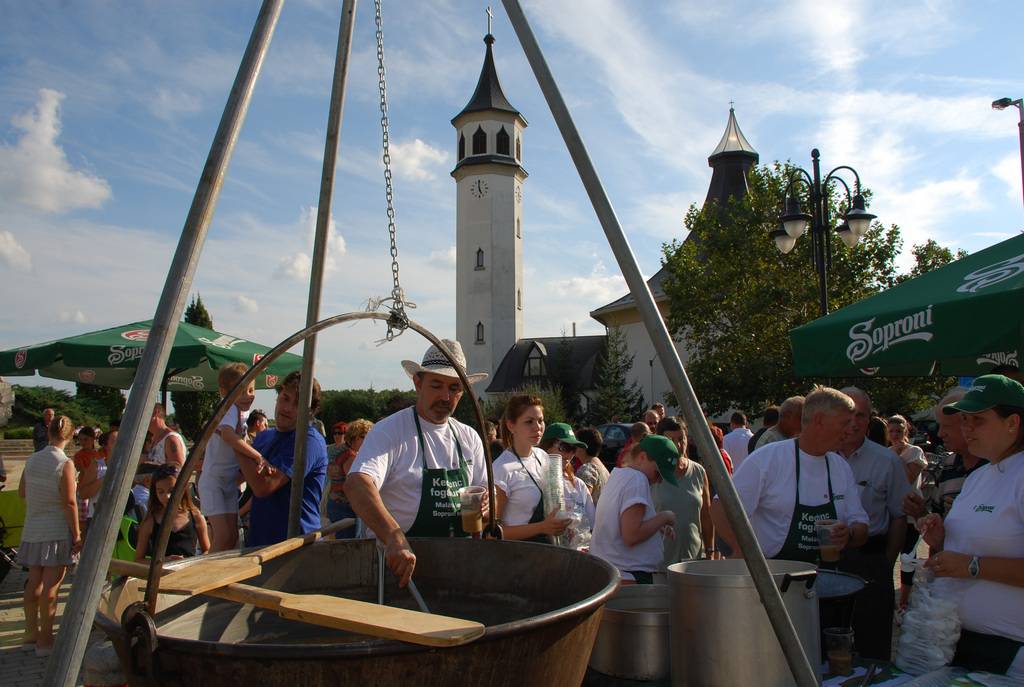 |
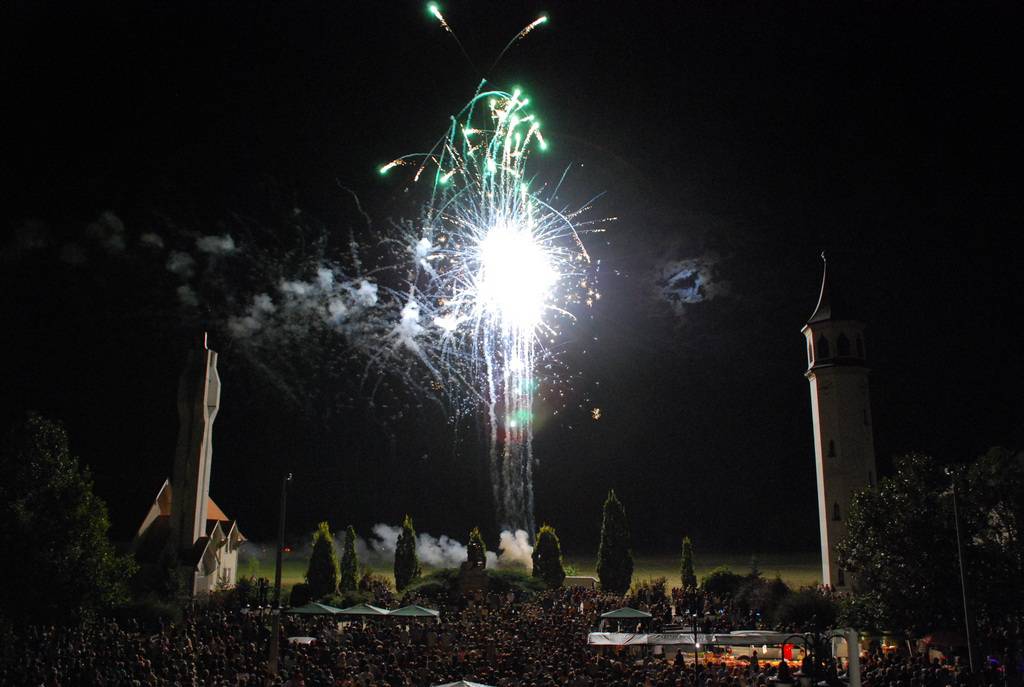 |
The aim of the Town Council is that the relationship among the local people, small and big firms and the city management become serried, because it is a virtue like thermal water and the chestnut-tree alley.
In 2010 Martfű collected its memories and heritage for the future in a form of a book.
„…I recommend this book to be the beginning of a common way on which the reminiscent, the formative and the innovative walk hand in hand.” these thoughts are given to the readers, and these thoughts control the everyday life of the settlement.
The successful European Union tenders, the region associations show the need of reformation here, on the left bank of the” blond” sandy Tisza.
